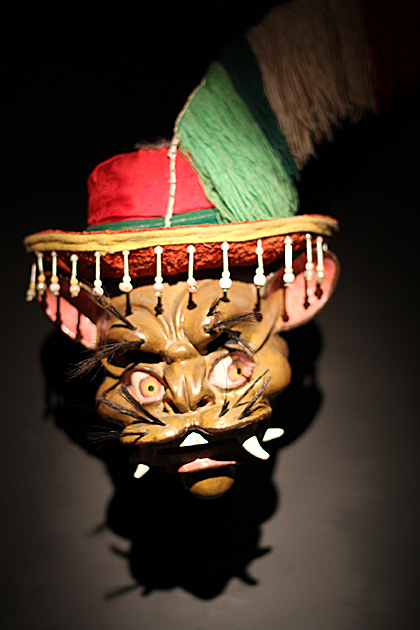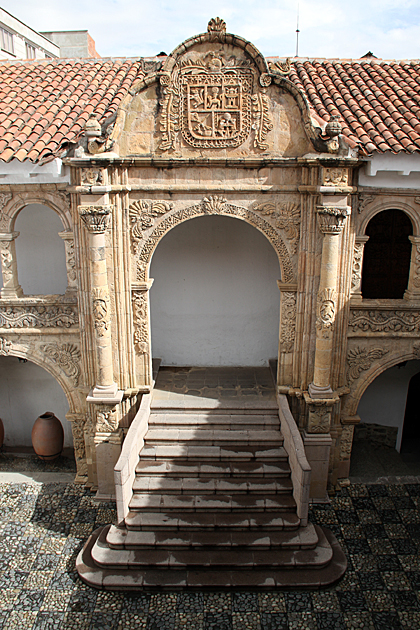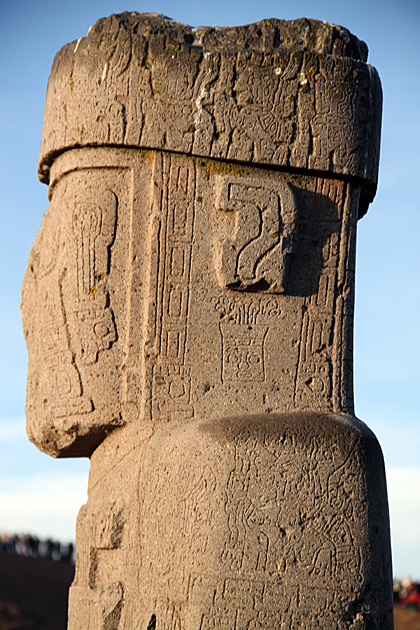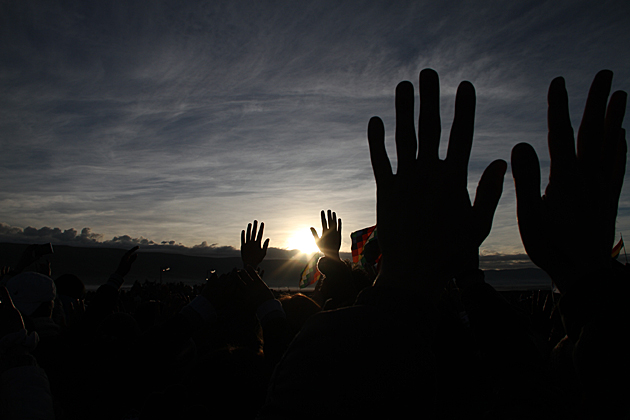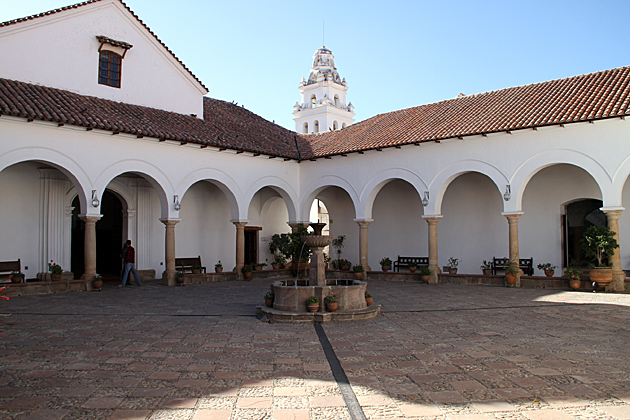Our Final Stop in Bolivia – Santa Cruz
With our three months in Bolivia almost over, we arrived in Santa Cruz de la Sierra, the country's most populous city. The Department of Santa Cruz is Bolivia's biggest state, occupying almost the entire eastern half of the country. Consider: even though Bolivia is one of South America's "small" countries, the department of Santa Cruz is bigger than Germany! The idea that three months would be enough time to comprehensively explore Bolivia was probably a little naive.



